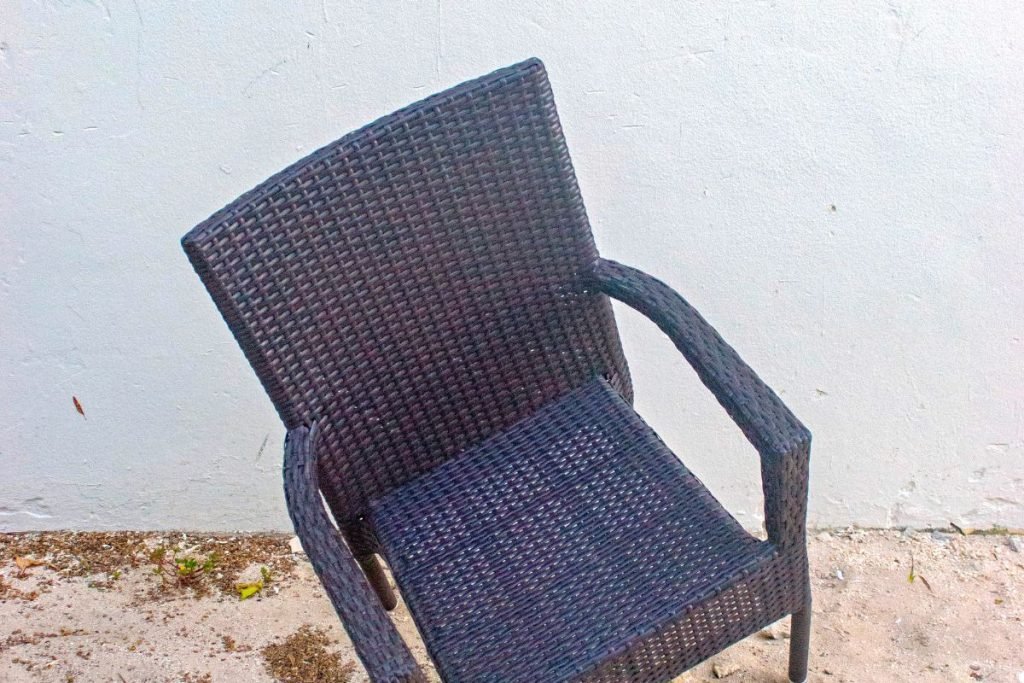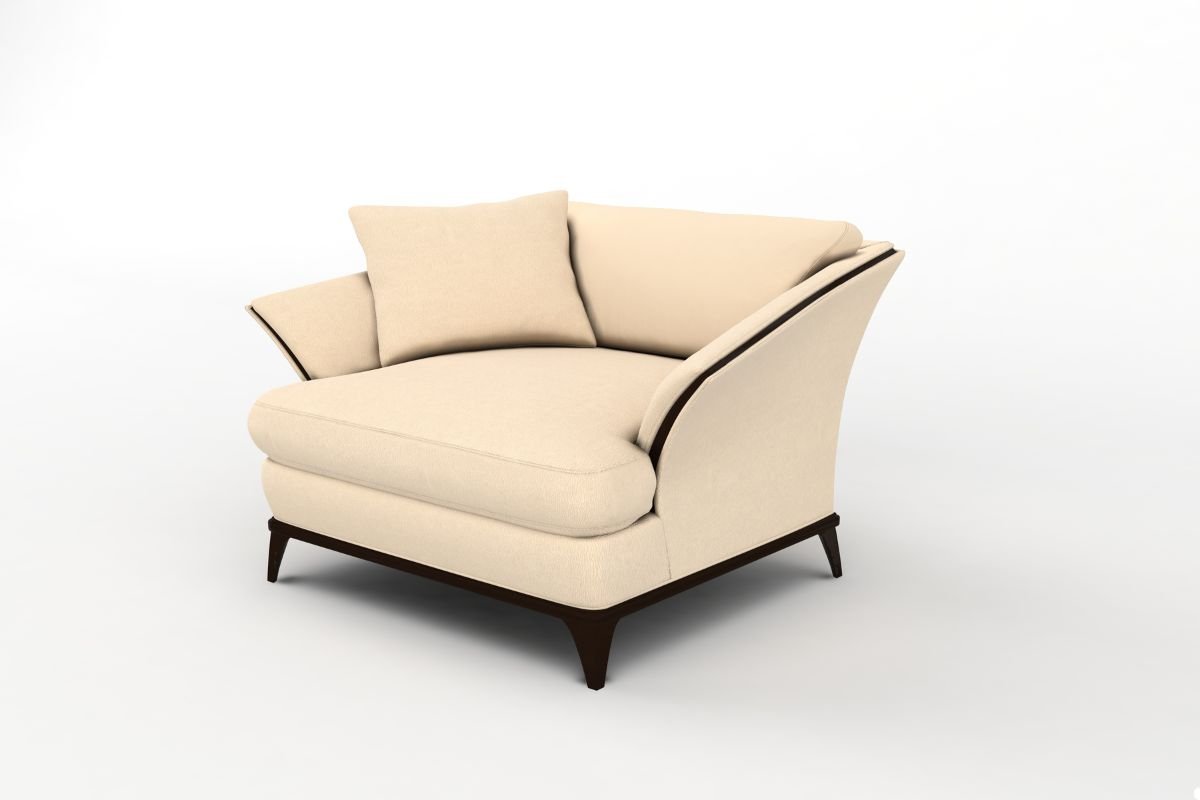
Don’t despair over that broken chair! Whether it’s a wobbly leg, a cracked frame, or torn upholstery, many chair issues can be fixed, often saving you money and preserving a piece of furniture you love. You can tackle some simple repairs yourself with basic tools and materials, but for more complex problems or valuable pieces, professional repair services across the USA are ready to help restore your chair to its former glory. Call us today to bring your chair back to life with expert care!
Don’t Toss That Chair Just Yet!
It’s a common sight in many American homes: the favorite armchair relegated to a corner, a dining chair leaning precariously, or an office chair sinking slowly. Before you haul that broken chair to the curb or start shopping for a replacement, stop and consider your options. Repairing a chair is often more feasible and cost-effective than you might think. This guide will walk you through identifying the problem, exploring DIY solutions, and knowing when it’s time to call in the professionals. Saving furniture isn’t just economical; it’s also a sustainable choice. If your chair has sentimental or historical value, antique repair is the way to breathe new life into it.

What’s Wrong With Your Chair? Identifying the Break
The first step to fixing anything is understanding what’s broken. Take a close look at your chair. Is it wobbly? Gently try to wiggle the legs, back, and arms. Loose joints are a common culprit, often needing tightening or re-gluing. Do you see visible cracks in the wood or plastic? Note their location and size. Is the fabric torn, stained, or sagging? For office chairs, check the mechanism – does the height adjustment work? Do the wheels roll smoothly? Carefully inspecting the damage will help you determine the best course of action, whether it’s a quick DIY fix or requires professional furniture repair skills.
Rolling Up Your Sleeves: Common DIY Chair Fixes
Many minor chair ailments can be cured with a little elbow grease and basic supplies. If screws or bolts are loose, simply tightening them might solve a wobble. For loose wooden joints (like where a leg meets the seat), wood glue and clamps can often work wonders. You’ll need to clean the old glue out first for a strong bond. Small tears in fabric might be mendable with a needle and thread or a fabric patch kit. Minor scratches on wood can sometimes be disguised with furniture markers or polish. These simple fixes can extend the life of your chair significantly.
Knowing Your Limits: When to Hire a Chair Repair Expert
While DIY is satisfying, some jobs are best left to the professionals. If you’re dealing with major structural damage, like a cracked frame or a severely broken leg, an expert has the tools and knowledge for a safe, lasting repair. Valuable antique chairs require specialized care to maintain their integrity and value – attempting complex repairs yourself could devalue them. Extensive upholstery work, like replacing springs or completely reupholstering, demands specific skills. Similarly, complex mechanisms on office chairs or recliners often need professional attention. Trying to fix these yourself could lead to further damage or an unsafe chair.
Finding the Right Fix: How to Choose a Repair Service
When professional help is needed, how do you find a reliable service? Start by searching online for “furniture repair near me” or “chair upholstery service.” Look for businesses with positive customer reviews and testimonials. Check their websites for examples of past work and details about the services they offer. It’s wise to get quotes from a couple of different providers. Ask about their experience with your specific type of chair or damage, and inquire about warranties on their repair work. A reputable service will be happy to answer your questions.
Repair or Replace? Weighing the Costs and Benefits
The big question: Is repairing your broken chair actually worth it? Consider the cost of the repair (whether DIY materials or professional fees) versus the cost of a new chair of similar quality. Factor in the sentimental value – is it a family heirloom or a favorite piece? Repairing is also a more environmentally friendly choice, environmentally friendly choice reducing waste that ends up in landfills. If the chair is structurally sound overall and the repair cost is reasonable compared to replacement, fixing it is often the smarter, more sustainable decision. However, if the repair cost rivals or exceeds replacement cost for a low-value item, buying new might make more sense.
Keep Your Seats Safe: Tips for Chair Longevity
An ounce of prevention is worth a pound of cure! To avoid future breaks, treat your chairs with care. Avoid regularly leaning back on the two back legs of dining chairs, as this stresses the joints. Check screws and bolts periodically and tighten them as needed. Clean upholstery according to manufacturer instructions to prevent deterioration. Protect wood from excessive moisture or direct sunlight. For office chairs, avoid exceeding weight limits and try not to abruptly drop into the seat. Regular maintenance can significantly extend the life of your furniture.
Giving Your Chair a Second Chance
A broken chair doesn’t automatically mean a trip to the dump. From simple DIY tightening and gluing to professional structural repairs and reupholstery, there are numerous ways to give your damaged seating a new lease on life. By correctly identifying the problem and choosing the right repair approach, you can save money, preserve cherished furniture, and make an environmentally conscious choice. Remember the repair options available across the USA before you decide to replace. From loose legs to torn fabric, our services cover all aspects of chair restoration and repair.

Your Broken Chair Questions Answered (FAQs)
How much does it typically cost to repair a chair?
Costs vary widely depending on the damage, the chair’s material and complexity, and whether you hire a professional. Simple DIY fixes might cost under $20 for glue or screws. Professional repairs like re-gluing joints might range from $50-$150, while extensive structural work or full reupholstery can cost several hundred dollars, sometimes approaching the price of a new chair. Always get a quote. Need help restoring your chair to its former glory? Contact us today for a personalized repair quote!
Can a chair with a broken leg be fixed?
Yes, often it can. For clean breaks in wood, skilled professionals can often glue, dowel, or brace the leg for a strong repair. Sometimes, if the damage is severe or it’s a metal/plastic leg, replacing the leg might be necessary and possible, especially if it’s a standard model where parts are available.
Is it worth repairing an old or antique chair?
Usually, yes, especially if it has sentimental or monetary value. Antique restoration requires specialized skills to preserve the chair’s integrity and value. Even for non-antique older chairs, if they are well-made, repairing them is often more cost-effective and sustainable than buying a new chair of lesser quality.
How do I fix a constantly wobbly dining chair?
Persistent wobbles usually point to loose joints where legs, stretchers, or the seat meet. Tightening screws might help temporarily, but often the joints need to be disassembled, cleaned of old glue, re-glued with quality wood glue, and clamped securely until dry for a lasting fix. Sometimes, adding corner blocks can provide extra stability.
Can office chair gas lifts or wheels be repaired/replaced?
Yes, these are common repairs. Failing gas lifts (causing the chair to sink) typically need to be replaced; replacement cylinders are widely available. Broken or sticky caster wheels can usually be pulled out and replaced with new ones quite easily. These parts can often be purchased online or from office supply stores. If you need help with repairs or finding the right parts, call us today and we’ll be happy to assist!
